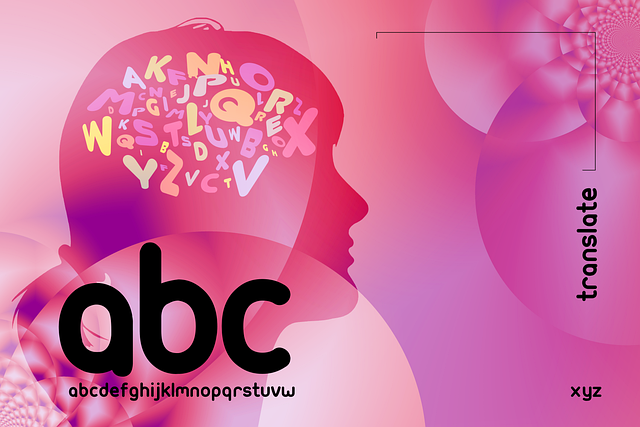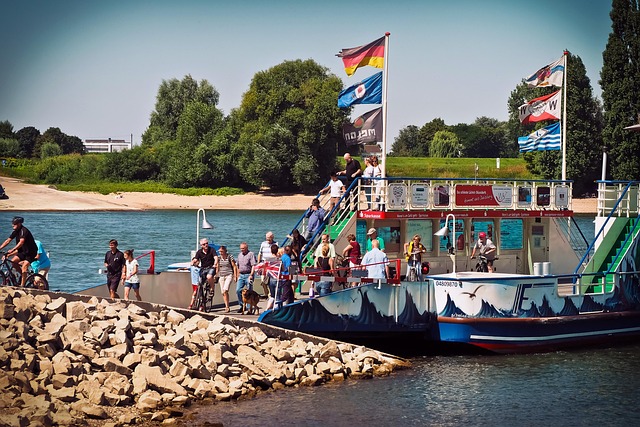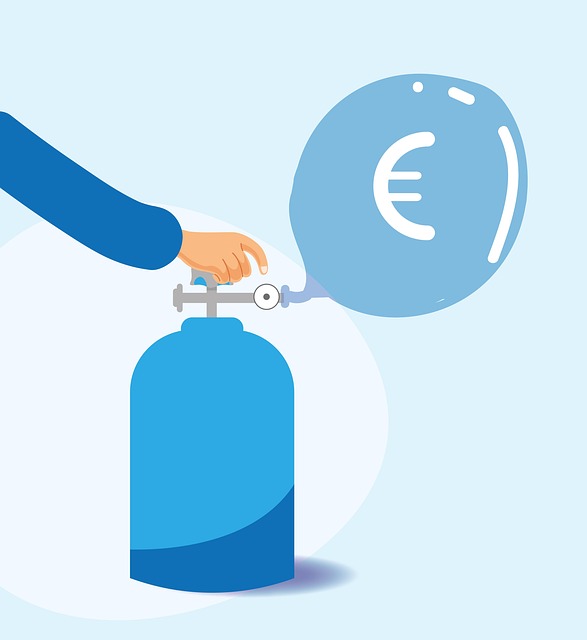
Creating impactful multilingual content requires deep audience understanding and cultural adaptation. Research market preferences, languages, and channels. Use translation tools, memory software, and native speaker feedback for accuracy and consistency. Employ conceptual translation methods for nuanced cultural sensitivity. Maintain brand voice across languages with native translators and memory software. Rigorously test and evaluate content for quality, tone, and meaning preservation in all languages.
Creating effective multilingual content requires a strategic approach. To succeed, research your target audiences’ language preferences, ensuring tailored communication. Utilize accurate translation services or tools to maintain precision. Cultivate cultural sensitivity and local relevance to resonate with diverse audiences. Conserve tone and brand voice across languages for consistent messaging. Implement rigorous testing and quality assurance measures. Efficiently translating content is just the first step; effectiveness comes from cultural understanding and strategic execution.
- Research Target Audiences and Their Language Preferences
- Choose Accurate Translation Services or Tools
- Maintain Cultural Sensitivity and Local Relevance
- Preserve Tone and Brand Voice Across Languages
- Test and Evaluate Content for Quality Assurance
Research Target Audiences and Their Language Preferences

Understanding your target audience is paramount when creating effective multilingual content. Before translating, conduct thorough research to identify language preferences and cultural nuances specific to each target market. This involves analyzing demographics, regional variations, and existing communication channels within those regions. For instance, a product marketed in Europe may need to accommodate languages like French, German, and Italian, while maintaining subtle cultural adaptations for each country’s unique marketing landscape.
By considering these factors, you can ensure your translated content resonates with local audiences. Utilizing translation memory software and flashcards for vocabulary building aids in maintaining style consistency across languages. Moreover, cultural adaptation in marketing plays a vital role in conveying messages effectively, avoiding potential misunderstandings, and fostering connections with diverse user bases. Give us a call at term base management to explore how these strategies can be implemented seamlessly in your multilingual content creation process.
Choose Accurate Translation Services or Tools

When creating multilingual content, selecting the right tools for translation is paramount to ensuring accuracy and maintaining your brand’s integrity. Opting for professional translation services or advanced machine translation tools can make all the difference in how well your message resonates across different languages. Look for providers that offer legal document interpretation services, as these specialists are equipped to handle complex terminology and cultural nuances, especially in high-stakes scenarios such as international business negotiations or legal proceedings.
Moreover, consider the pros and cons of simultaneous vs. consecutive translation methods based on your content’s nature and audience. Simultaneous translation is ideal for live events, like conferences or webinars, where real-time communication is crucial. On the other hand, consecutive translation is more suitable for written documents, allowing for a more deliberate and accurate adaptation. Ensure quality assurance in translation by employing rigorous proofreading processes and seeking feedback from native speakers to guarantee fluency and cultural appropriateness. Don’t hesitate to give us a call at conference interpretation for expert guidance tailored to your specific multilingual content needs.
Maintain Cultural Sensitivity and Local Relevance

Creating effective multilingual content requires a nuanced approach that goes beyond simple word-for-word translations. Accessing global knowledge and language immersion are crucial for capturing local relevance and cultural sensitivity. When translating hardware documentation or any text, understanding the nuances of each language and culture is essential. A word-for-word translation may not always convey the intended meaning, so a shift towards conceptual translation can bridge the gap between languages while respecting cultural context.
By embracing this perspective, content becomes more than just words on a page; it becomes a cultural bridge that connects diverse audiences. Visit us at translation as cultural bridge anytime to explore how we leverage language immersion and deep cultural understanding to deliver truly effective multilingual content.
Preserve Tone and Brand Voice Across Languages

Maintaining a consistent tone and brand voice across different languages is a key aspect of effective multilingual content creation. When translating for international business communications, it’s crucial to understand that each language has its own unique cultural nuances and expressions. What sounds right in one language might not translate directly or carry the same meaning in another. For instance, culture-specific expressions in translation can significantly impact how your brand is perceived by global audiences. Therefore, a beginner strategy is to partner with professional translators who are native speakers to ensure accuracy and maintain style consistency in translation.
Reusing translated content effectively can save time and resources while upholding quality standards. Multilingual communication mastery involves leveraging translation memory software that stores previously translated segments, allowing for faster and more accurate updates each time your content needs revision or expansion. By adopting these strategies, you can create engaging multilingual content that resonates with diverse audiences worldwide, ultimately enhancing your global business reach. Visit us at any time to explore our translation services and tools designed to support your content goals.
Test and Evaluate Content for Quality Assurance

Creating effective multilingual content requires rigorous testing and evaluation to ensure its quality. The translation process is just one aspect—it’s vital to consider how well the content maintains its original meaning, tone, and cultural nuances in different languages. This involves more than just word-for-word translations; it includes understanding idioms and proverbs that might not have direct equivalents, ensuring language preservation efforts are successful.
To achieve this, test your content at various stages. Before translation, assess the clarity and coherence of your writing. After translation, verify that intermediate level language skills can grasp the message accurately. Utilize professional proofreading and editing services to catch any grammatical errors or awkward phrasing that may have slipped through during translation. Remember, finding us at proofreading and editing ensures your content shines in every language it’s presented in.
Creating effective multilingual content requires a strategic approach. By understanding your target audiences’ language preferences, utilizing reliable translation services, respecting cultural nuances, maintaining brand voice consistency, and rigorously testing content, you can seamlessly connect with diverse audiences worldwide. Remember, accurate translation is key to breaking down language barriers and fostering global engagement.






